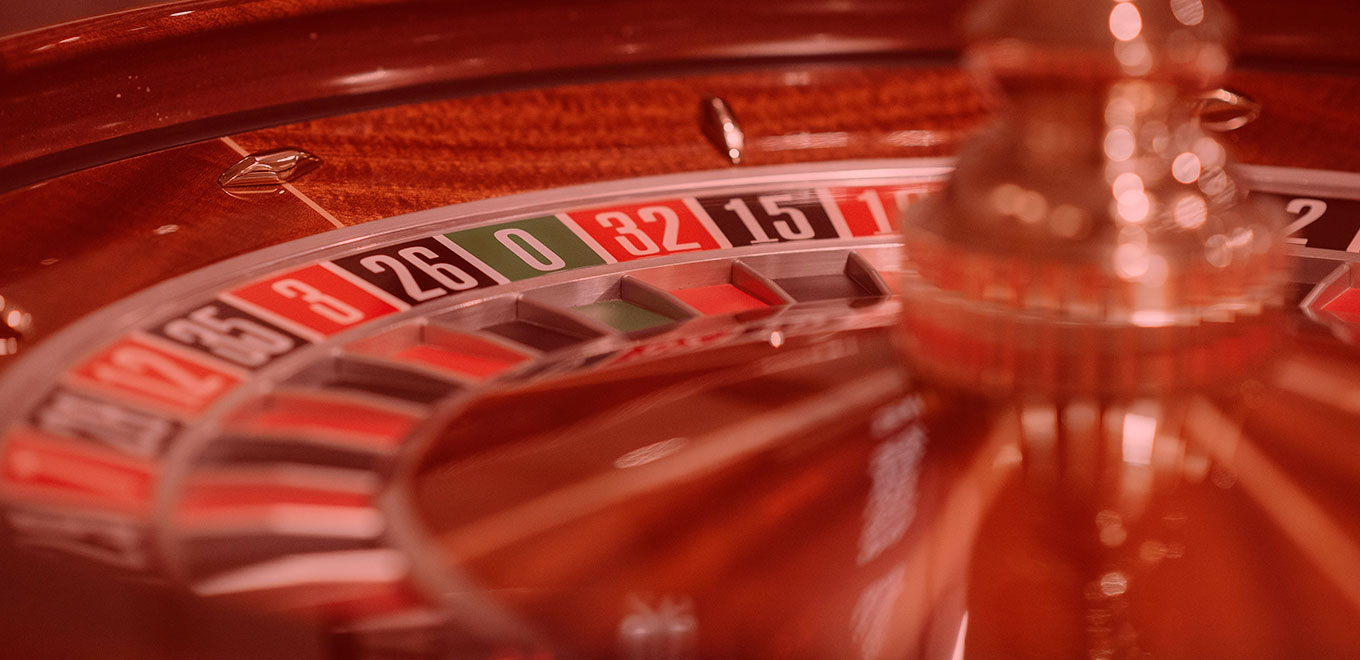Roulette is a game of chance, which means there’s no “magic trick” to guarantee a win. However, you can still plan a roulette strategy to try to increase your chances of making a profit at this classic casino game. Don’t miss our top tips, systems, and tricks to get the most out of your bets.
What’s the Best Strategy to Win at Roulette?
How do you play roulette? The mechanics of this game of chance are fairly simple, but choosing the right roulette strategy is key if you want to maximize winnings and minimize losses. While no strategy is foolproof, here are some of the most popular betting systems you can try:
Martingale Strategy
Originating in 18th-century France, the Martingale strategy involves betting a fixed amount on your initial wager and doubling it after every loss.
- How it works: Double your bet after each loss. When you win, you recover all previous losses plus a profit equal to your initial bet.
- Best for: Even-money bets like red/black or odd/even.
- Risk: Very high – you can hit table limits or run out of money fast.
- Ideal for: Players with a large bankroll and high risk tolerance.
Fibonacci Strategy
Another popular approach is the Fibonacci system, created by 12th-century Italian mathematician Leonardo Pisano (known as Fibonacci). It’s based on a numerical sequence where each number is the sum of the two previous ones:
1–1–2–3–5–8–13–21–34–55–89–144–233–377–610
- How it works: Bet according to the Fibonacci sequence: 1, 1, 2, 3, 5, 8, etc. Move forward one step after a loss and two steps back after a win.
- Best for: Simple outside bets with close to 50% win probability.
- Risk: A long losing streak can hurt your bankroll.
- Ideal for: Structured players with moderate experience.
D’Alembert Strategy
For many players, the D’Alembert system is the best roulette strategy. Named after French mathematician Jean le Rond d’Alembert, it’s based on the Law of Equilibrium.
- How it works: Increase your bet by one unit after a loss, decrease by one after a win.
- Best for: European roulette, where the odds are slightly better.
- Risk: Still risky in long losing streaks, but more conservative than Martingale.
- Ideal for: Players with patience and clear self-control.
Also known as the Pyramid System, the goal of this strategy is to balance wins and losses, ending with a positive result equal to the number of successful bets in the series.
Labouchere Strategy
The Labouchere system was developed by a British aristocrat and offers a more structured, goal-oriented approach to betting. The idea is to decide in advance how much you want to win, then create a number sequence that adds up to that target. Your bet is the sum of the first and last numbers in the sequence.
- How it works: Set a profit goal, write a number sequence that adds up to that amount. Your bet is the sum of the first and last numbers. After a win, cross out the numbers; after a loss, add the bet to the end of the sequence.
- Best for: Experienced players looking for a structured long-term system.
- Risk: Complex and time-consuming. Can become unmanageable during a losing streak.
Paroli System
Another well-known strategy is the Paroli system, which is a type of positive progressive betting. The core idea is that wins tend to come in streaks, so you should try to capitalize on winning bets to boost your earnings. But remember—it can go the other way too.
- How it works: A positive progression system. Double your bet after each win and return to your base bet after a loss.
- Best for: Taking advantage of winning streaks.
- Risk: Easy to get carried away if you don’t set limits.
- Ideal for: Disciplined players who know when to stop.
Would you like this guide turned into an infographic, cheat sheet, or printable format? Let me know and I’ll make it easy to use while you play!
Quick Comparison of Roulette Strategies
You need to be very careful when choosing your roulette strategy. It’s important to weigh both the advantages and disadvantages of each system. To make it easier to compare, here’s a table summarizing how each betting method works:
| SYSTEM | HOW IT WORKS | BEST USE | RISK |
|---|---|---|---|
| Martingale | Double the bet after each loss. | Simple even-money bets (2:1 payouts). | Table limits and your own budget can quickly become a problem. |
| Fibonacci | Bet following the Fibonacci sequence: 1, 1, 2, 3, 5, 8, etc. | External bets with close to 50% odds. | A long losing streak can damage your bankroll. |
| D’Alembert | Increase the bet by one unit after a loss, decrease after a win. | European roulette to reduce long-term losses. | A long losing streak may still cause significant losses. |
| Labouchere | Set a win target and create a sequence of numbers to reach it. | Ideal for experienced players. | Complex system that requires time and focus. |
| Paroli | Increase the bet after a win. | Capitalizing on winning streaks to grow profits. | Without limits, you risk losing everything. |
Common Mistakes to Avoid
Even with a strategy, many players make errors that cost them money. Watch out for these:
- Chasing losses without a stop-loss limit
- Ignoring table limits with aggressive systems like Martingale
- Not learning the difference between American and European roulette (European gives better odds!)
- Betting emotionally instead of following your plan
- Not setting a profit goal or time limit
Tips for Playing Roulette
Roulette is one of the most popular and entertaining casino games in online betting platforms. Many players enjoy it, but if you’re a beginner, these roulette tips will come in handy:
- Learn the differences between the various types of roulette (European, French, and American). Each version has unique rules. For example, European roulette offers better odds since it has one less pocket.
- Plan a roulette strategy with long-term goals in mind. This increases your chances of making profits.
- Start with outside bets, which cover more numbers and offer safer options for beginners.
- Only bet what you’re willing to lose. Remember, roulette is a game of chance, and there’s no guaranteed way to win.
Which Strategy Is Best for You?
Every roulette strategy has pros and cons. That’s why your player profile plays a big role in determining which system suits you best—especially when it comes to complexity and risk. So, which strategy should you choose?
| SYSTEM | PLAYER PROFILE |
|---|---|
| Martingale | Players with a solid budget who can afford to withstand losing streaks. |
| Fibonacci | Experienced players who prefer structured betting and understand risk management. |
| D’Alembert | Players who are patient, disciplined, and know their limits. |
| Labouchere | Advanced players willing to spend time studying the game and managing sequences. |
| Paroli | Skilled players who know when to stop and how to ride winning streaks responsibly. |
FAQs
What’s the safest strategy to bet on roulette?
No betting system is foolproof, since the house always has an edge due to the randomness of the game. However, planning a strategy that fits your player profile is key to minimizing losses and maximizing your betting potential.
Should I always bet on red or black?
Not necessarily. While red/black bets are simple and low-risk, mixing strategies and types of bets can help keep the game engaging and balanced.
Can I use these strategies in online roulette?
Yes! All these systems work in both live and online roulette, but make sure you’re playing a fair, licensed version of the game.
Is American roulette worth playing?
It’s more challenging due to the extra 00 pocket, which increases the house edge. European or French roulette generally offers better odds.
When should I stop playing?
Set a win goal or loss limit before you start. Walk away once you hit either one. Discipline is more important than strategy.
Final Thoughts
No roulette system is guaranteed to beat the house, but that doesn’t mean you can’t play smarter. Understanding how each strategy works, knowing your limits, and recognizing when to walk away are key to enjoying the game responsibly.
Ready to play? Pick a strategy that fits your style, stay in control of your bankroll, and remember: roulette should be fun, not stressful.

